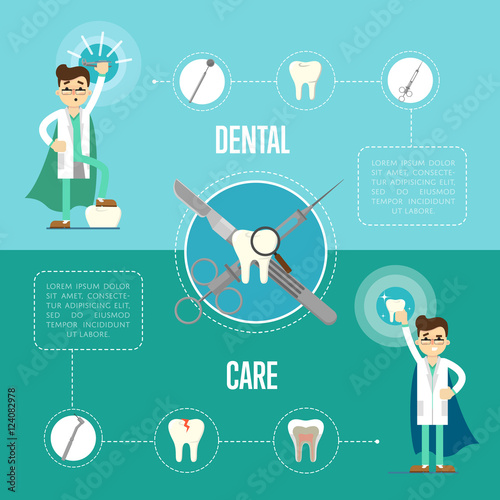Learn More About The Ingenious Innovations That Are Transforming The Practice Of Oral Surgery. Check Out The Future Of This Location And Setting Yourself Advantageously. Click Now For An Explore The Future
Learn More About The Ingenious Innovations That Are Transforming The Practice Of Oral Surgery. Check Out The Future Of This Location And Setting Yourself Advantageously. Click Now For An Explore The Future
Blog Article
Short Article Written By-Foldager Dowd
Invite to the globe of oral surgery, where advancements and advances are forming the future of the field! In this amazing realm, you'll witness the transformative power of robotics, the cutting-edge marvel of 3D printing, and the game-changing effect of minimally intrusive techniques.
The future of dental surgery holds a pledge of precision, performance, and boosted client end results. With the help of advanced robotics, specialists are able to perform complicated treatments with better accuracy and control.
3D printing modern technology is reinventing the creation of dental implants and prosthetics, offering personalized remedies that fit perfectly right into each individual's unique anatomy.
In addition, minimally intrusive techniques are lowering post-operative discomfort and recovery time, enabling clients to go back to their daily lives quicker.
Prepare teeth whitening austin to explore the interesting innovations and advancements that are reshaping the landscape of oral surgery!
Innovations in Robotics
One major development in oral surgery is using robotic technology, which enables accurate and effective operations. With the help of robot systems, oral cosmetic surgeons have the capacity to perform complicated surgical treatments with boosted accuracy, minimizing the risk of human mistake.
These robotic systems are geared up with sophisticated imaging innovation and precise tools that allow cosmetic surgeons to browse via intricate physiological structures easily. By making use of robot technology, surgeons can accomplish greater surgical accuracy, leading to enhanced person outcomes and faster recuperation times.
On top of that, using robotics in oral surgery permits minimally invasive procedures, minimizing the trauma to bordering tissues and advertising faster recovery.
3D Printing in Oral Surgery
To boost the area of oral surgery, you can check out the subtopic of 3D printing in dental surgery. This cutting-edge modern technology has the prospective to change the way oral cosmetic surgeons run and deal with clients. Right here are 4 key methods which 3D printing is forming the field:
- ** Customized Surgical Guides **: 3D printing allows for the creation of highly precise and patient-specific medical guides, enhancing the accuracy and efficiency of treatments.
- ** Implant Prosthetics **: With 3D printing, dental doctors can produce customized dental implant prosthetics that perfectly fit a client's distinct anatomy, resulting in better end results and patient contentment.
- ** Bone Grafting **: 3D printing enables the manufacturing of patient-specific bone grafts, minimizing the need for typical grafting strategies and enhancing healing and recovery time.
- ** Education and learning and Educating **: 3D printing can be used to develop practical surgical designs for instructional purposes, allowing oral doctors to practice complicated procedures prior to doing them on clients.
With its prospective to improve accuracy, personalization, and training, 3D printing is an exciting growth in the field of dental surgery.
Minimally Intrusive Methods
To additionally progress the area of dental surgery, accept the possibility of minimally intrusive strategies that can greatly profit both surgeons and individuals alike.
Minimally intrusive strategies are transforming the area by decreasing surgical trauma, reducing post-operative discomfort, and accelerating the recovery process. These techniques involve utilizing smaller incisions and specialized instruments to perform treatments with accuracy and efficiency.
By utilizing sophisticated imaging modern technology, such as cone beam of light calculated tomography (CBCT), specialists can accurately prepare and implement surgeries with marginal invasiveness.
Furthermore, using lasers in oral surgery allows for exact cells cutting and coagulation, leading to minimized bleeding and reduced healing time.
With minimally intrusive techniques, patients can experience much faster recovery, reduced scarring, and boosted end results, making it a crucial element of the future of oral surgery.
Verdict
So, as you can see, the future of dental surgery is extremely encouraging, with interesting developments and advancements shaping the area.
From the advancements in robotics to the use of 3D printing and minimally invasive strategies, oral doctors are changing the means they provide care.
While some may worry about the potential price connected with these innovations, it's important to bear in mind that these innovations inevitably improve client results and minimize healing time, making them well worth the financial investment in the long run.
